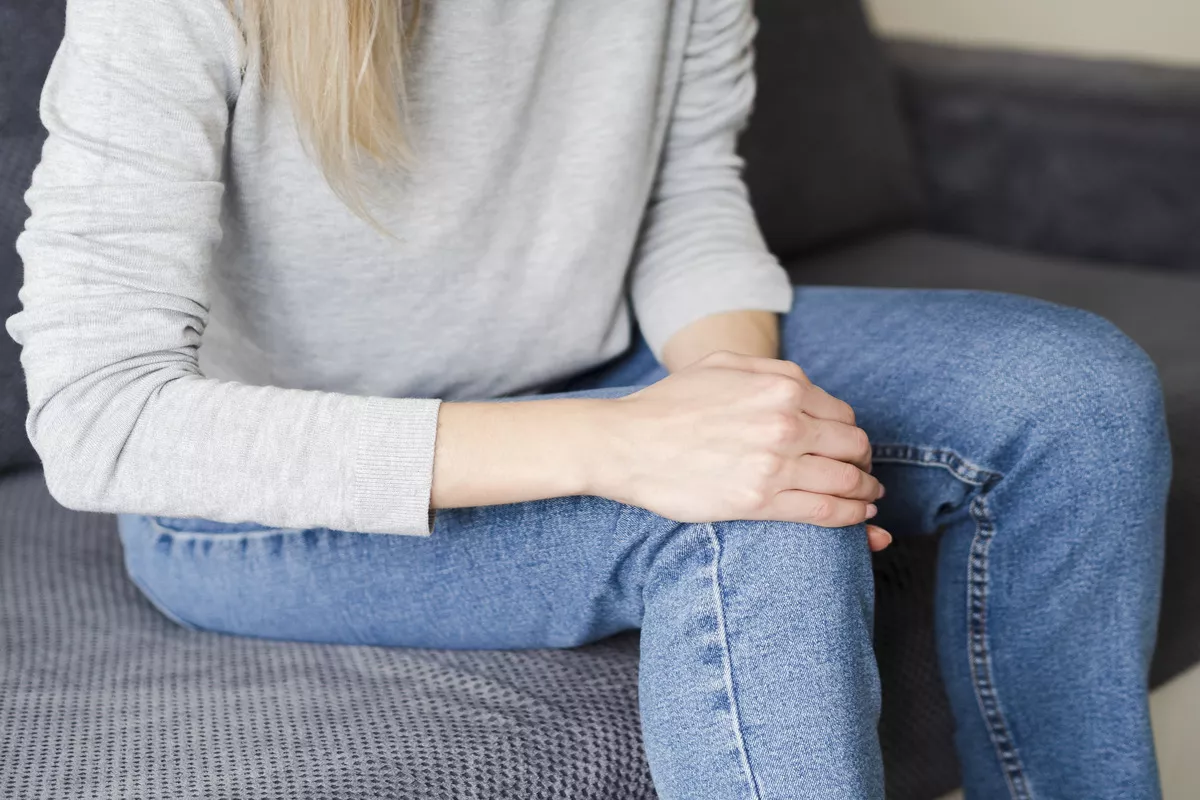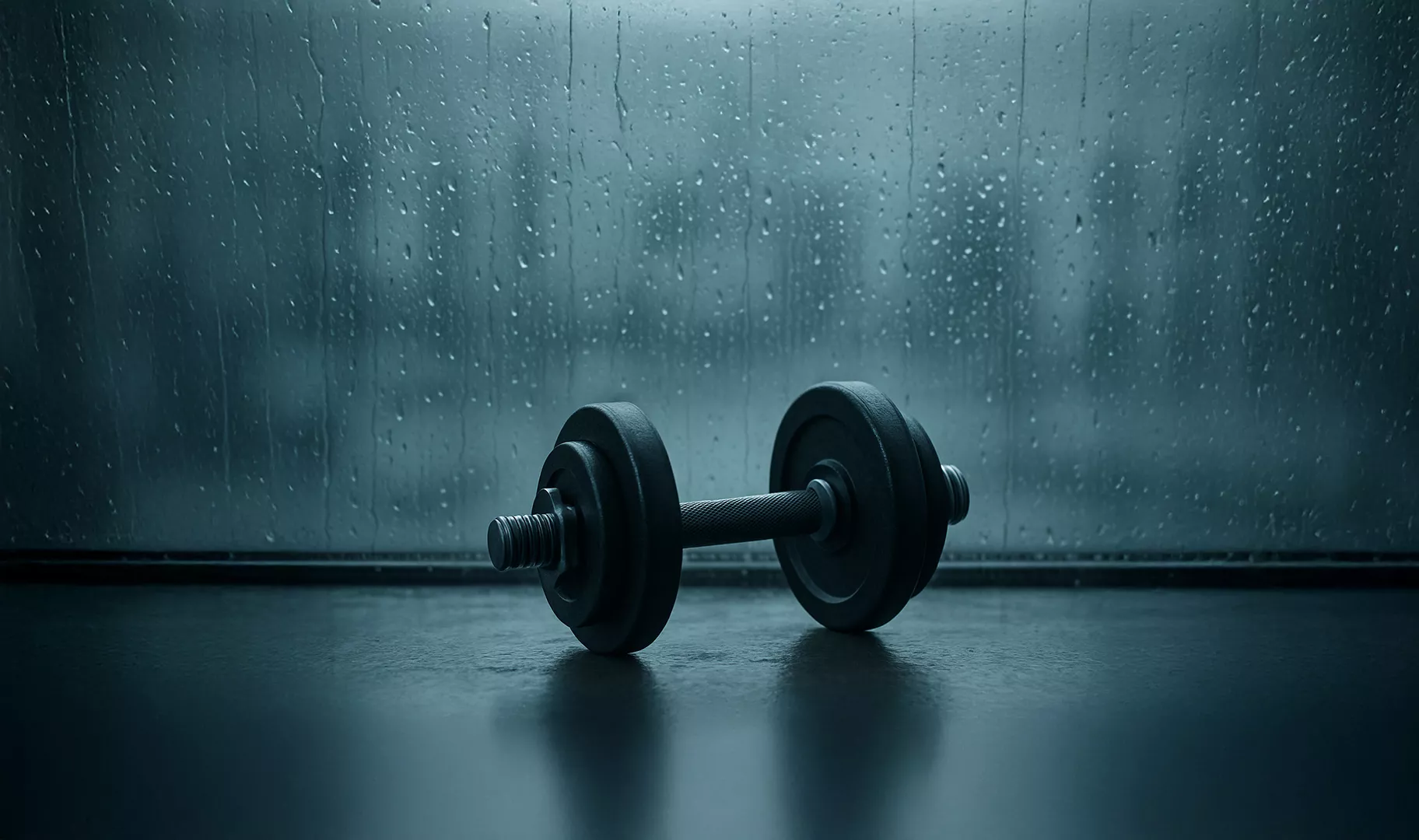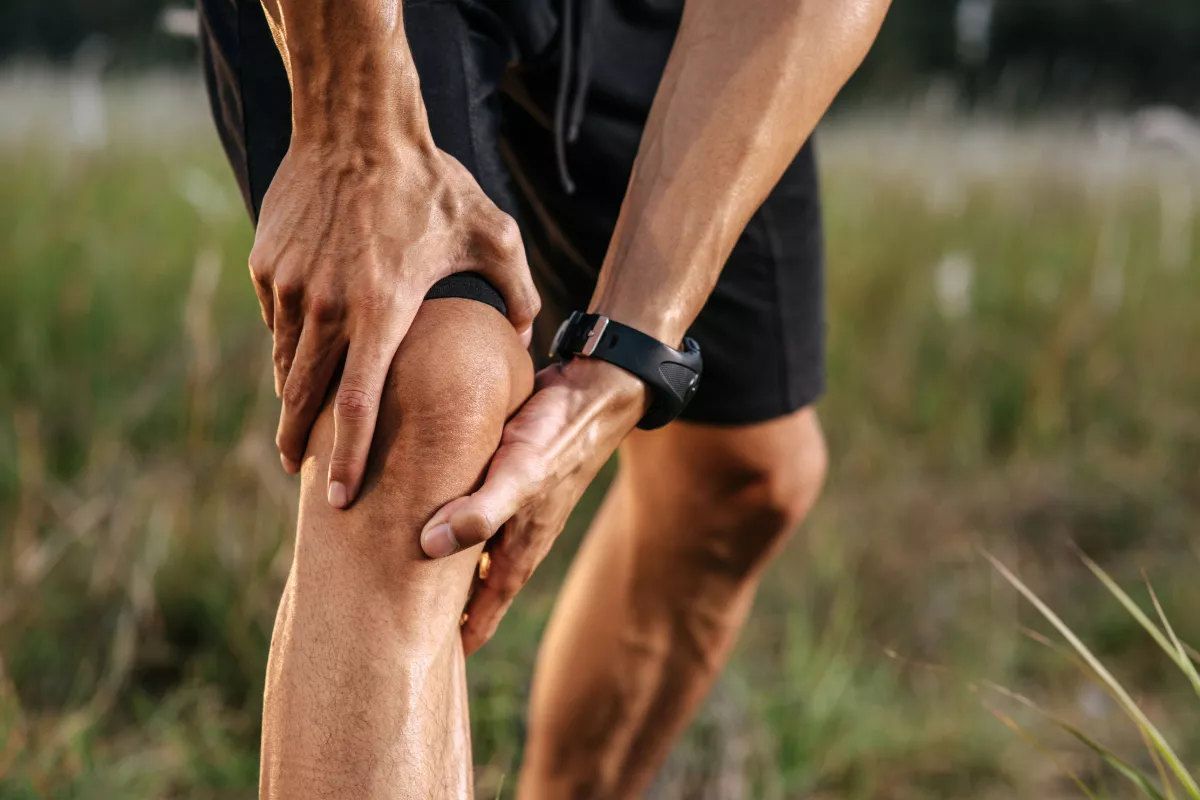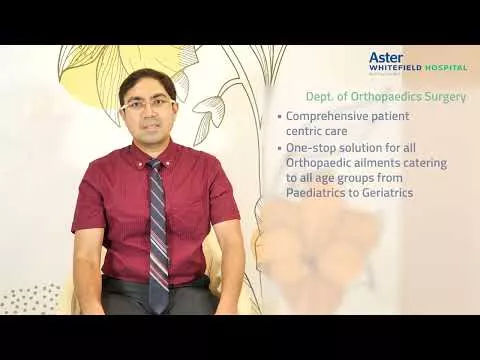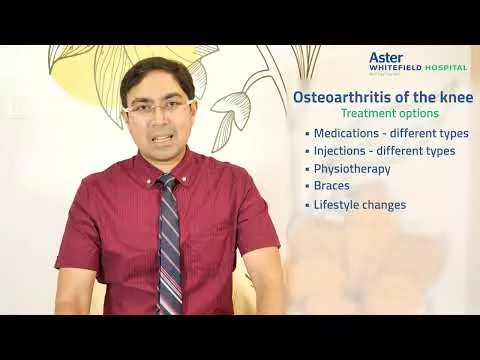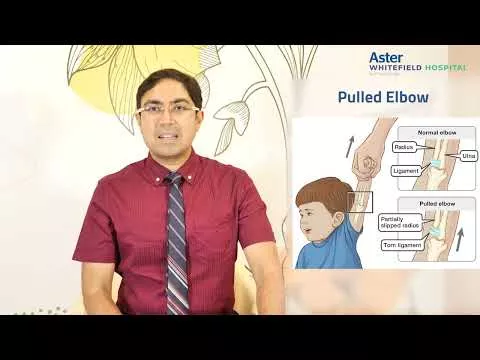by Dr. Kumardev Arvind Rajamanya
The problem of knee pain is rather widespread among women of all ages. It may start as a slight pain and then develop to be a significant hindrance in fulfilling day-to-day tasks. Although the causes can be different, it is important to know the reasons for knee pain that are more frequent in women for effective diagnosis.
The vulnerability of women to knee-related issues is caused by hormonal differences, anatomy, and lifestyle. The initial step to recovery is to determine the cause of the pain. Most knee conditions are treatable or manageable with the help of a skilled orthopedic doctor at an opportune time.
1. Osteoarthritis of the Knee
One of the most frequent causes of knee pain in women is osteoarthritis, particularly after the age of 40. It is a condition that develops when the cartilage that cushions the knee becomes worn out with time. This causes pain, stiffness, swelling and limited movement.
The alteration of the levels of hormones after menopause makes women more susceptible to osteoarthritis. Estrogen is protective of cartilage. The lower its levels, the more the joint is exposed to wear and tear. The risk may also be augmented by obesity and family history.
2. Patellofemoral Pain Syndrome
This condition causes pain in the front part of the knee and is often called runner’s knee. It is common in women who are physically active or engage in exercises that involve frequent bending of the knee.
Weak thigh muscles or misalignment of the kneecap may lead to added pressure on the joint. Women’s wider pelvis puts extra stress on the knee joint, increasing the chance of developing this issue. Climbing stairs, squatting, or sitting for long periods can trigger or worsen the pain.
3. ACL Injuries
The anterior cruciate ligament (ACL) is one of the key ligaments that help stabilize the knee. ACL tears are more common in women who play sports like basketball, football, or tennis. The higher risk is linked to differences in body structure, muscle strength, and the way women move during physical activity. A torn ACL causes sharp pain, swelling, and a feeling of instability in the knee. Surgery and physiotherapy are often part of the recovery plan.
4. Rheumatoid Arthritis
This autoimmune condition affects more women than men and can begin as early as the 30s. It causes inflammation in the joints, including the knees. Symptoms include joint pain, stiffness, fatigue, and swelling.
Unlike osteoarthritis, rheumatoid arthritis affects both knees and may also involve other joints in the body. Early diagnosis and medical management are important to prevent long-term joint damage.
5. Meniscus Tears
The meniscus is a piece of cartilage that acts as a cushion between the thigh bone and the shin bone. Tears can happen due to sudden twisting or ageing. Women with weak joints or those involved in physical activity are more prone to this injury.
Symptoms include a popping sensation at the time of injury, followed by swelling and difficulty in movement. A torn meniscus may require rest, physiotherapy, or surgery, depending on the severity.
6. Obesity and Lifestyle Factors
Carrying excess body weight puts added pressure on the knees. For every extra kilogram, the knees feel several kilos of added force while walking or climbing stairs. This increases the risk of cartilage damage, joint pain, and reduced mobility.
A sedentary lifestyle, lack of regular exercise, or improper footwear can also worsen knee health. These are some of the lifestyle-related knee pain reasons that can be improved with small changes in daily habits.
When to Seek Knee Pain Treatment
Mild knee pain that improves with rest and over-the-counter medication may not need specialized care. But if the pain is ongoing or getting worse, you need to consult an orthopedic doctor. Warning signs include:
● Swelling that does not go down
● Pain that limits walking or climbing stairs
● Knee locking or giving way
● Difficulty straightening or bending the knee
● Persistent discomfort despite rest and basic care
Getting timely knee pain treatment reduces the risk of long-term joint damage and helps maintain a good quality of life.
Available Treatment Options
Depending on the diagnosis, treatment options may include:
● Physiotherapy to strengthen muscles and improve flexibility
● Medications to manage pain and inflammation
● Injections for pain relief or cartilage support
● Use of knee braces for added support
● Surgical intervention in severe cases, such as ligament tears or advanced arthritis
Weight management, exercise, and correct posture can also help prevent worsening of the condition.
Choosing the Right Hospital and Doctor
For accurate diagnosis and effective treatment, it is important to consult a specialist. A reputed orthopedics hospital, such as Aster Hospital, provides access to advanced imaging tests, surgical expertise, and rehabilitation services under one roof.
Look for hospitals with a dedicated joint care team and a track record of successful patient outcomes. An experienced orthopedic doctor will not only treat the problem but also help prevent future injuries through guided care.
Conclusion
Knee pain in women is not something to ignore. Whether it starts after exercise, appears with age, or follows an injury, understanding the underlying knee pain reasons helps in choosing the right knee pain treatment.
With expert care from a trusted orthopedic doctor and support from a leading orthopedic hospital, women can stay active and pain-free for years to come. Early action always leads to better outcomes.
